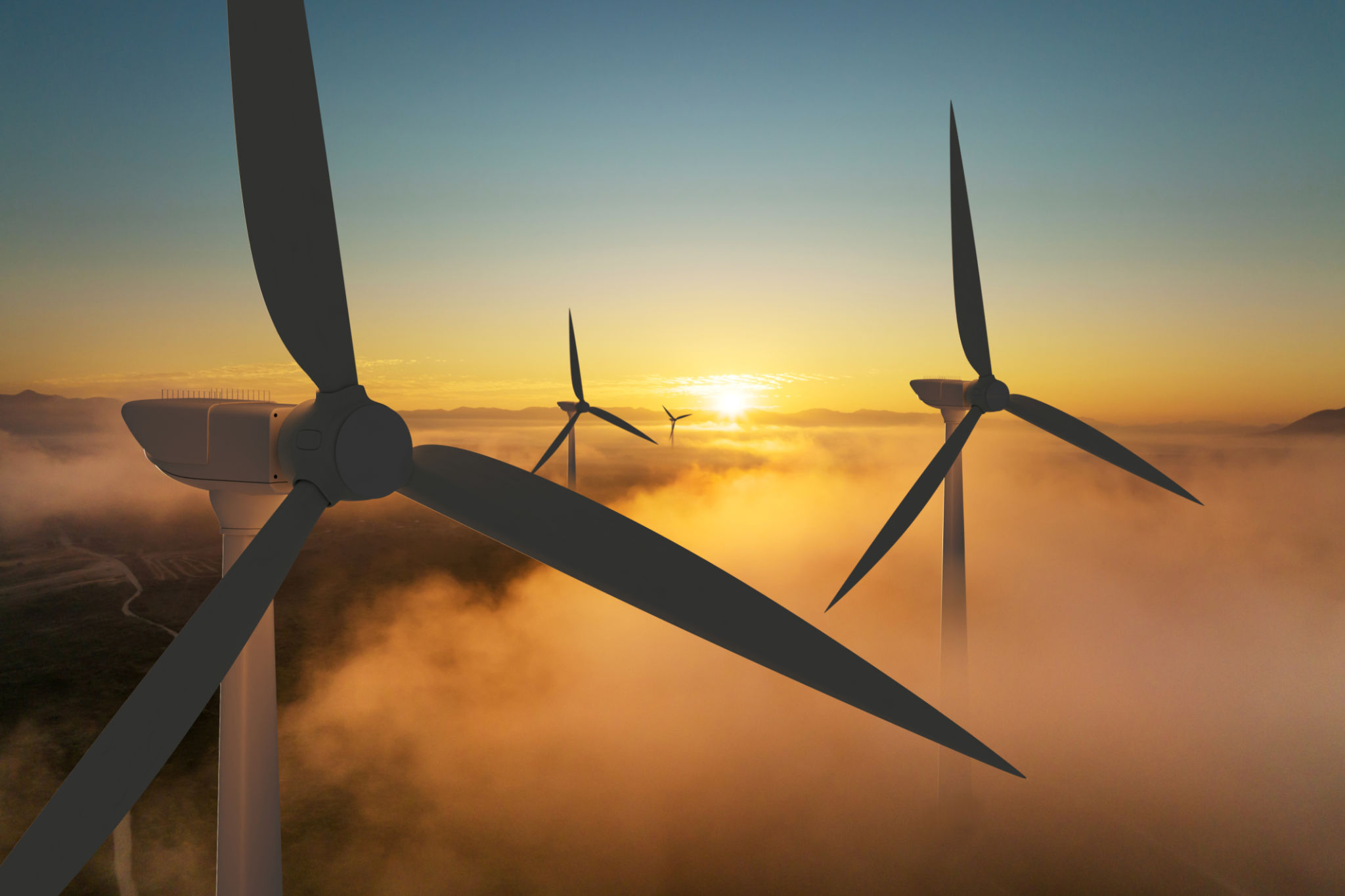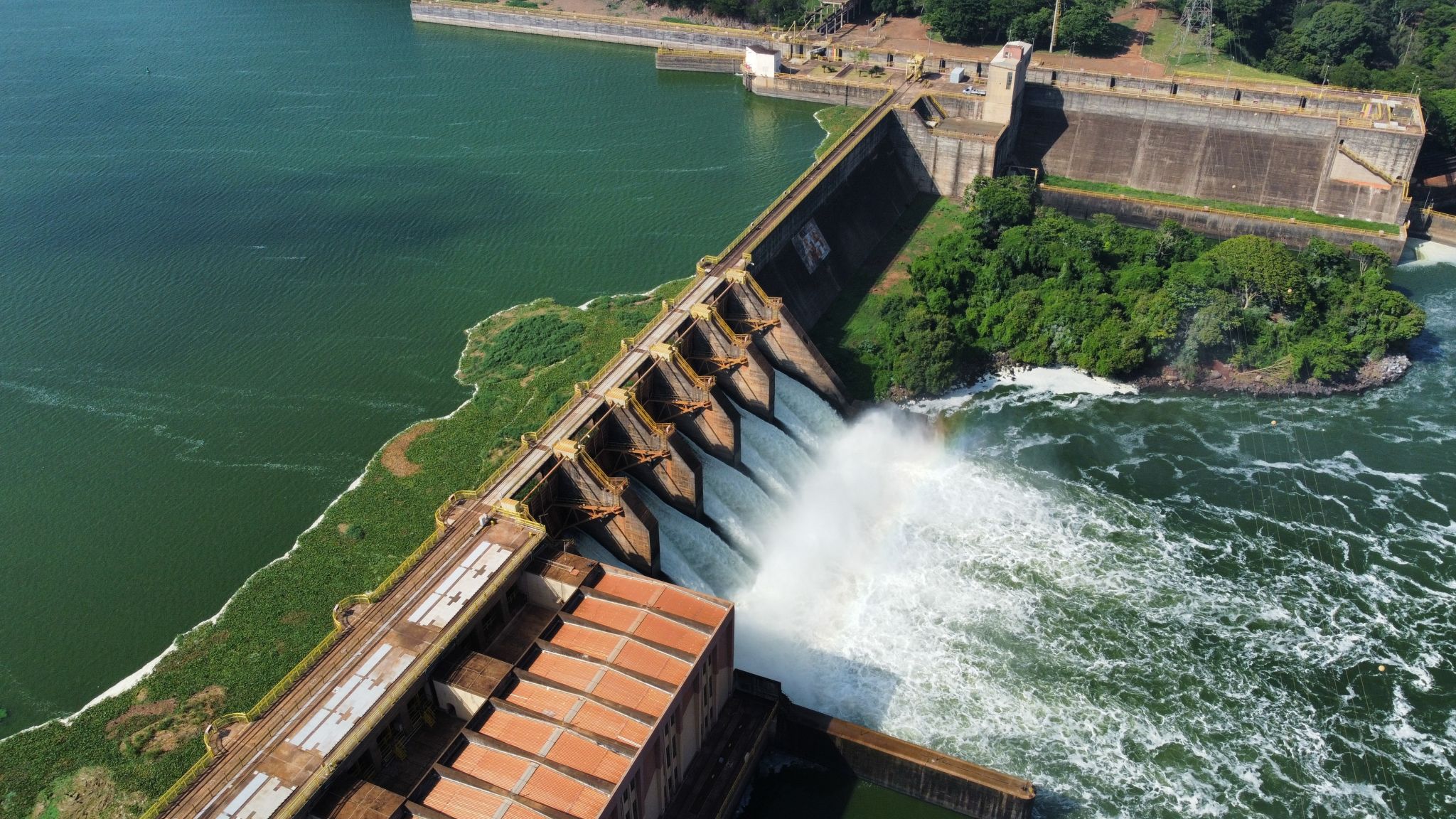Comparing Clean Energy Solutions: Which Option Fits Your Needs?
Understanding Clean Energy Options
In an era where environmental concerns are at the forefront, clean energy solutions have become crucial for individuals and businesses alike. These solutions not only help reduce carbon footprints but also offer long-term economic benefits. However, choosing the right clean energy option can be daunting given the variety of choices available today. This guide will help you compare different clean energy solutions to determine which option best fits your needs.

Solar Energy: Harnessing the Power of the Sun
Solar energy is one of the most popular and widely adopted clean energy solutions today. By converting sunlight into electricity using photovoltaic cells, solar power offers a sustainable and cost-effective way to meet energy needs. The main advantages of solar energy include its low maintenance costs and the ability to generate electricity even in remote locations.
However, the initial installation costs can be high, although government incentives often help offset these expenses. Solar energy is particularly suited for areas with abundant sunlight and for individuals who want to reduce their reliance on conventional power grids.
Wind Energy: Capturing Nature's Breeze
Wind energy is another prominent clean energy solution that utilizes wind turbines to convert wind into electricity. This method is highly efficient and can generate substantial amounts of power, especially in open areas with consistent wind patterns. Wind farms are often built in rural or coastal regions where space is abundant.

While wind energy offers significant environmental benefits and requires no fuel, it does come with some challenges. The construction of wind turbines can be costly, and their efficiency is dependent on wind availability. Furthermore, some communities may oppose wind farms due to aesthetic or noise concerns.
Hydropower: Tapping Into Water Resources
Hydropower is a well-established clean energy source that generates electricity by using flowing or falling water to spin a turbine. It is one of the most reliable forms of renewable energy and can provide a consistent power supply. Hydropower plants can vary in size from large dams to small installations suitable for individual use.
The benefits of hydropower include its low operating costs and ability to provide grid stability. However, it requires a suitable geographical location and can have significant environmental impacts on aquatic ecosystems if not managed properly.

Geothermal Energy: Using Earth's Heat
Geothermal energy harnesses heat from beneath the earth's surface to generate electricity or provide direct heating solutions. It is a highly efficient and reliable source of power that operates continuously, regardless of weather conditions. Geothermal systems are particularly advantageous in regions with volcanic activity or hot springs.
Despite its benefits, geothermal energy requires substantial upfront investment and is location-specific. The potential for land subsidence and the release of greenhouse gases from beneath the earth's surface are also considerations that need to be addressed.
Conclusion: Choosing the Right Solution
Selecting the right clean energy solution depends on various factors including geographical location, budget, and specific energy needs. It's important to weigh the pros and cons of each option and consider any government incentives or subsidies available in your area. Whether you opt for solar, wind, hydropower, or geothermal energy, transitioning to clean energy is a positive step towards a more sustainable future.
Ultimately, the key is to assess your unique circumstances and preferences to make an informed decision that will benefit both you and the environment in the long run.
